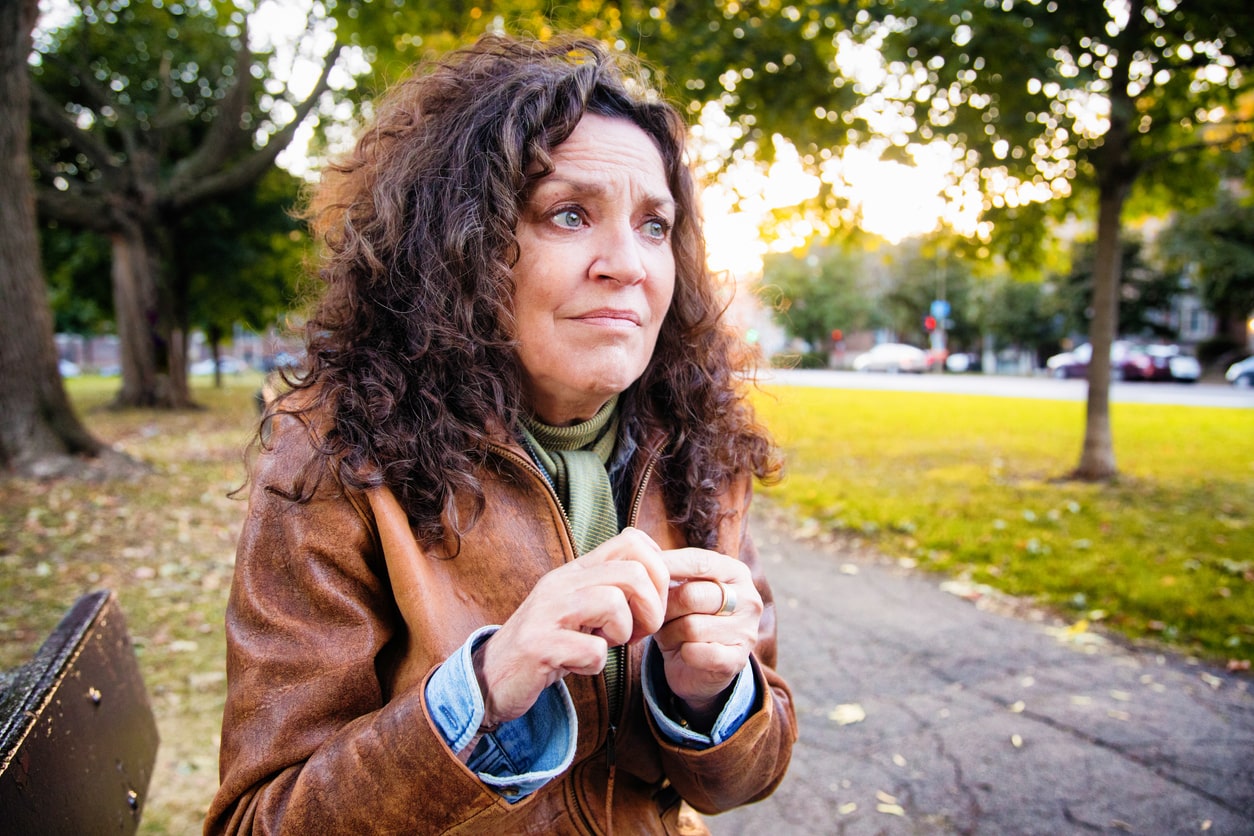Housing
Housing is more than just physical shelter. It is a social determinant of health and is essential for individual physical, emotional, and socio-economic wellbeing.
To help clients with SUDs address housing needs, treatment programs need to establish ongoing relationships with housing authorities, landlords, and other housing providers.
SAMHSA – Substance Use Disorder Treatment for People with Co-Occurring Disorders UPDATED 2020. Retrieved from Substance Use Disorder Treatment for People With Co-Occurring Disorders TIP 42 (samhsa.gov) on April 27, 2021.
Milwaukee Women’s Recovery Center, Inc., employs a Housing Coordinator to assist clients in securing housing upon completion of their treatment program. The Housing Coordinator works with the Behavioral Health Division (BHD) of the County of Milwaukee to assist clients being discharged in exploring housing options under their “Housing First” program:
https://county.milwaukee.gov/EN/DHHS/Housing/Housing-First.
The Housing First program is a collaboration between BHD and dozens of organizations and private individuals.
Our Housing Coordinator is also able to access over 4,000 affordable apartments and homes dedicated to low income persons and disabled adults through the Housing Authority of the City of Milwaukee (All Properties | Housing Authority of the City of Milwaukee, WI (hacm.org).
Milwaukee Women’s Recovery Center, is affiliated with Genesis Behavioral Services, Inc. (“Genesis”), and Matt Talbot Recovery Services, Inc. (“Matt Talbot”), which provide Transitional Living Services to approximately 240 clients in 21 communities throughout Wisconsin. We are familiar with the rental housing market in Wisconsin. We leverage our connections with landlords and other stakeholders to assist discharging clients in finding suitable housing.
Homelessness continues to be one of the United States’ most intractable and complex social problems, although homelessness affects only about 0.2 percent of the U.S. population (Willison, 2017).
The Department of Housing and Urban Development (Henry et al., 2020) reported that approximately 568,000 people experienced homelessness in the United States on any given night in 2019.
Among more than 36,000 U.S. adults who participated in the 2012–2013 Wave 3 of the National Epidemiologic Survey on Alcohol and Related Conditions (Tsai, 2018), lifetime homelessness was about 4 percent and past-year homelessness was 1.5 percent.
Risk of homelessness was associated with a history of mental illness (including serious mental illness [SMI]), lifetime tobacco use, and lifetime suicide attempt, among other demographic and social variables (Tsai, 2018).
The prevalence of substance misuse and mental illness among people experiencing homelessness is high.
-
- Solari and colleagues (2017) found that about 37 percent of adults in permanent supportive housing programs had a mental disorder; 10 percent, substance abuse; and 29 percent, CODs.
- Stringfellow et al. (2016) reported that 3-month substance use among individuals experiencing homelessness was 50 percent for alcohol, 19 percent for cannabis, 16 percent for cocaine, 7.5 percent for opioids, and 6.5 percent for sedatives.
A study of people 50 and older experiencing homelessness (Spinelli et al., 2017) found that:
-
- 38% had current symptoms of MDD (major depressive disorder).
- 33% had current symptoms of PTSD.
- 19% had at least one lifetime hospitalization for psychiatric symptoms.
- 33% reported experiencing childhood physical abuse, and 13 percent experienced childhood sexual abuse.
- 63% had used an illicit substance in the previous 6 months; the most commonly used illicit substances were cannabis (48%), cocaine (38 %), opioids (7%), and amphetamines (7 %).
- 49%percent drank alcohol in the past 6 months, including 26%t whose alcohol use was of moderate or greater severity and 15% whose use was of high severity.
- 10% reported binge drinking.
